TOMORROW IS THE FIRST BLANK PAGE OF 365 PAGE BOOK.
WRITE A GOOD ONE.

But significantly I failed in one particular area – to look after my physical health. Yes, I have stopped smoking but without self-discipline, publishing and writing novels all day at a desk is not conducive to regular exercise and losing weight. So this year I have only three items on my list of New Year resolutions: write a third Detective Lavender Mystery but also discipline myself to take regular exercise and shift some weight. The comfort eating will stop.
This is my pledge to myself. Somewhere inside me, is a still-young, slim and attractive woman. In 2015 I will find that woman.
Happy New Year to all of my friends and family. Write a good one.
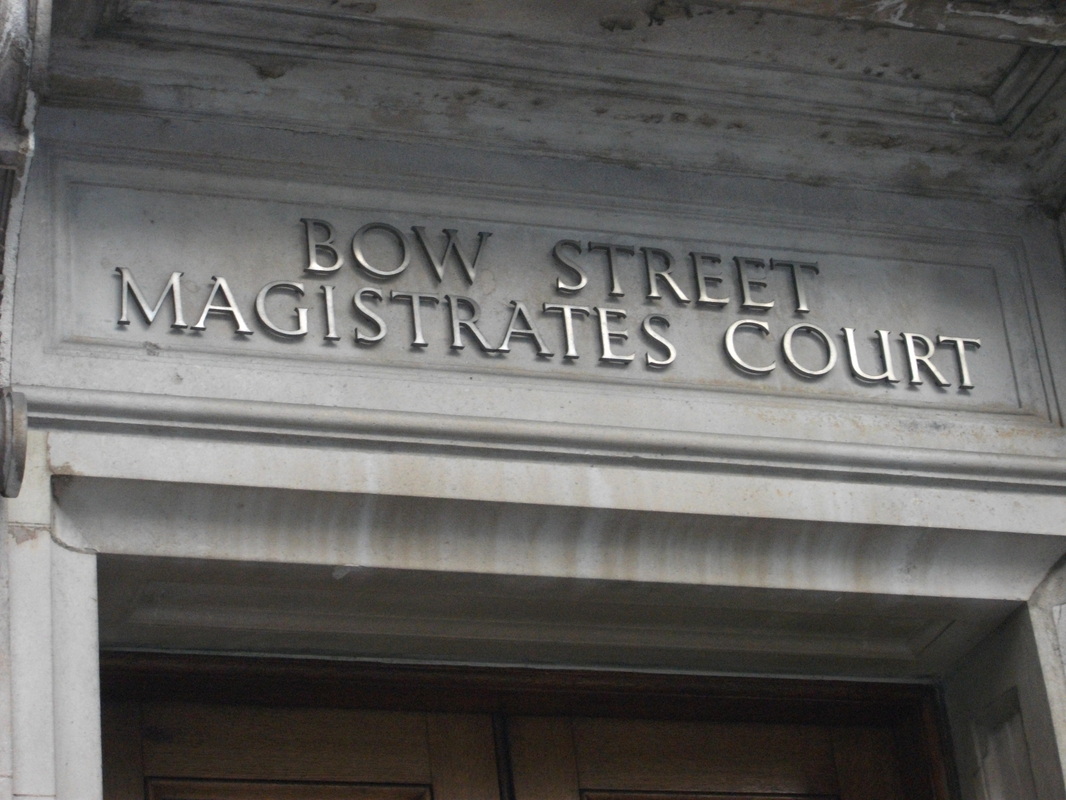
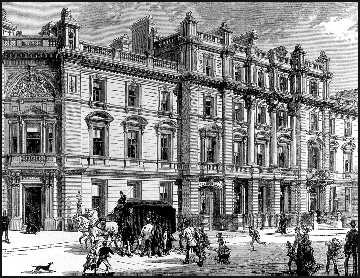
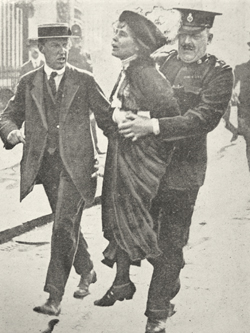
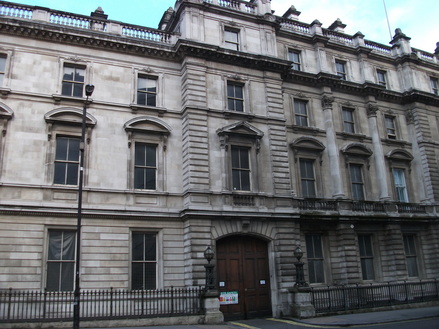
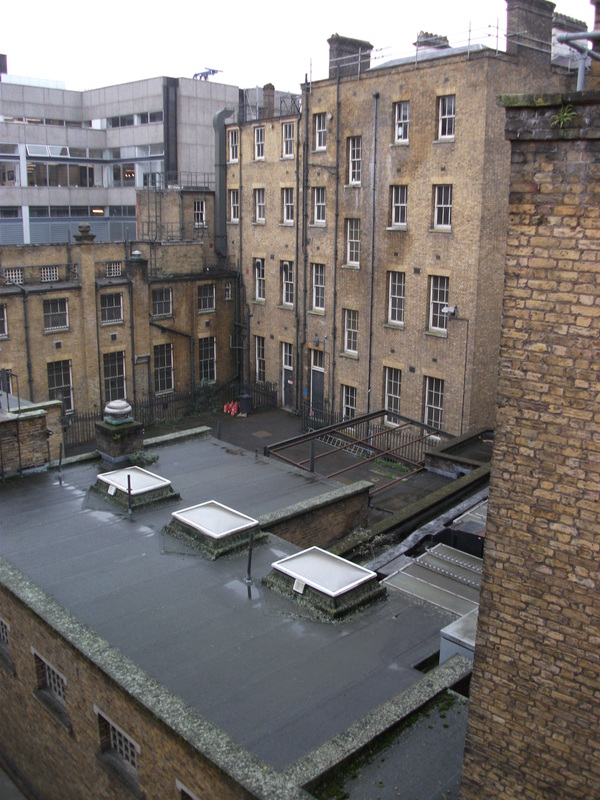
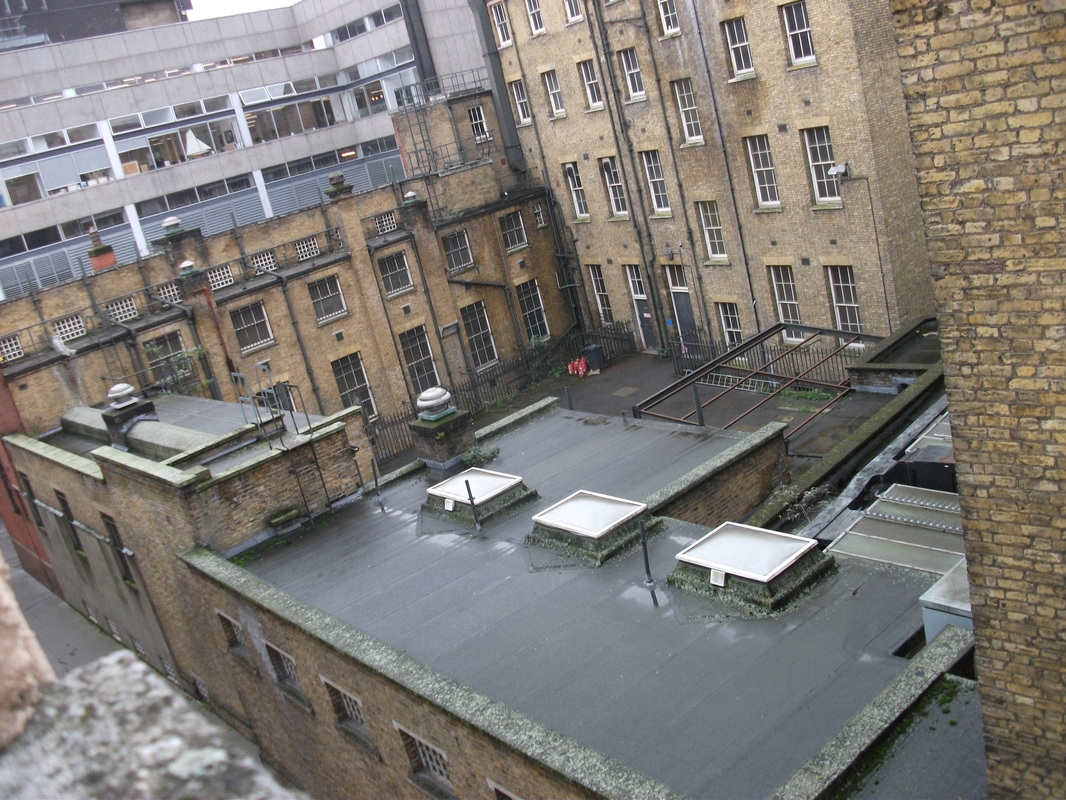
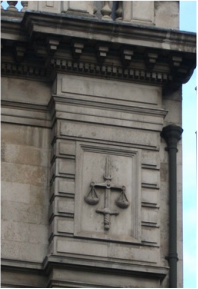
 RSS Feed
RSS Feed